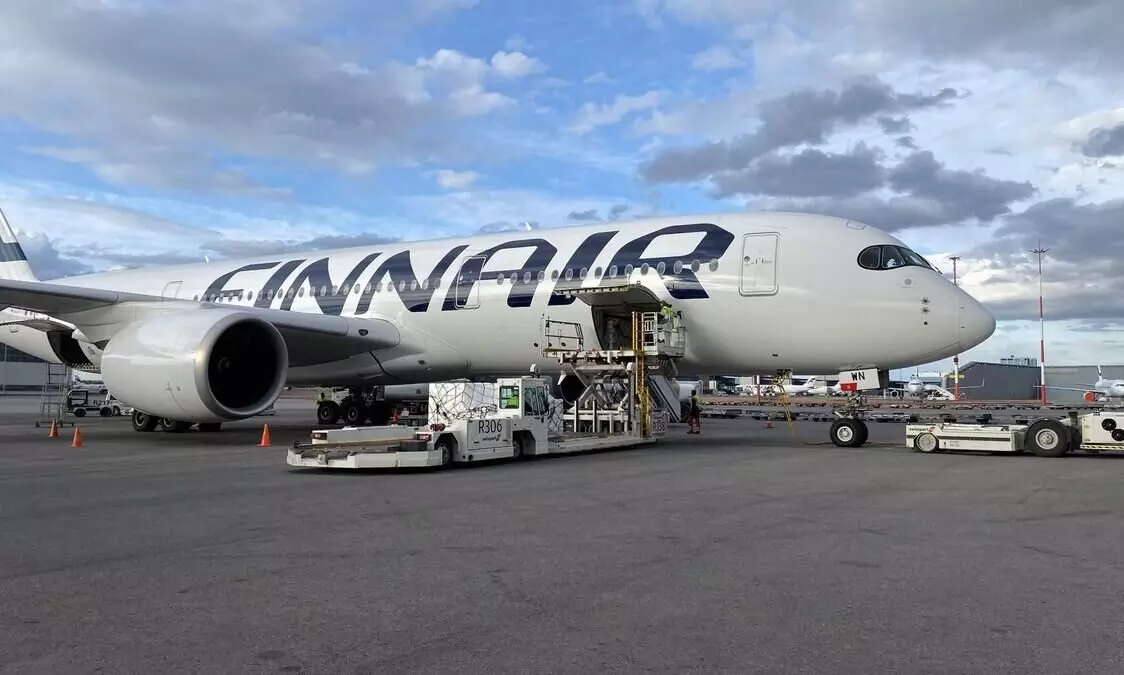
Finnair Cargo: A century's journey from past to present
Founded in 1923, the Nordic cargo carrier launched its first flight in 1924 flying 162 kilos of mail.

Finland’s flag carrier Finnair’s cargo division, Finnair Cargo is celebrating 100 years in the air cargo industry. With its headquarters in the capital Helsinki, the airline was founded on 1st November 1923. Earlier known by the name of “Aero”, the first commercial flight of the airline took place on 20 March 1924 using a Junkers F13 aircraft, carrying 162 kilos of mail from Helsinki to Tallinn, Estonia. In 1949, Aero, which later became Finnair, joined The International Air Transport Association (IATA) and adopted its airline code AY, a code still in use by Finnair today. Subsequently, in 1968, Finnair unveiled its new logo and officially cemented the name change. Joining the Oneworld Alliance followed in September 1999.
Throughout its history, the company has always carried cargo in the belly holds of its passenger planes. However, Finnair Cargo previously operated MD-11Fs for its cargo operations.
Finnair Cargo operated freighter aircraft from 2010 to 2017, adopting a multi-hub network model. In April 2013, Brussels became the second hub for Finnair Cargo's freighter operations.
As of now, Finnair Cargo does not operate any dedicated freighter aircraft as most cargo carried by Finnair travels via its long haul wide body fleet of 25 aircraft comprising the Airbus A350-900s and the Airbus A330-300s. The airline currently has 17 Airbus A350-900 in its fleet and two more are on order; while it has a total of 8 Airbus A330-300 aircraft. Based on the data available on the airline's website, Finnair Cargo achieved a record revenue of €352 million in 2022, carrying a total of 122,719 tonnes of freight.
According to the new summer schedule of 2024, Finnair serves around 60 destinations within Europe and 15 long-haul destinations in Asia, the Middle East, and the United States. In Asia, the airline flies to Tokyo (both Haneda and Narita), Osaka, Nagoya, Seoul, Shanghai, Hong Kong, Singapore, Bangkok, and Delhi, and in the USA to Chicago, Dallas, Los Angeles, New York, and Seattle.
The airline commenced its non-stop flights to Tokyo in 1983, equipping planes with additional fuel tanks to traverse the route over the North Pole. At that time, Finnair was the sole airline providing non-stop flights between Western Europe and Japan. Remarkably, the airline continues to operate passenger flights to Tokyo today using Airbus A350-900 aircraft. However, the closure of Russian airspace due to the Russia-Ukraine war affects the fuel efficiency of the aircraft, resulting in increased fuel consumption and impacting the aircraft’s overall carrying capacity for most European carriers like the Finnair.
In addition, the company has a cool chain hub at its base at Helsinki airport, where it handles temperature-controlled cargo, such as pharmaceuticals as well as seafood and other perishables.
Finnair Cargo's 100-year journey is a testament to its ability to adapt and evolve. From humble beginnings to a leading air cargo player, they've consistently embraced change. With a focus on lightweight solutions and sustainable practices, Finnair Cargo is well-equipped to navigate the ever-changing air cargo landscape.

